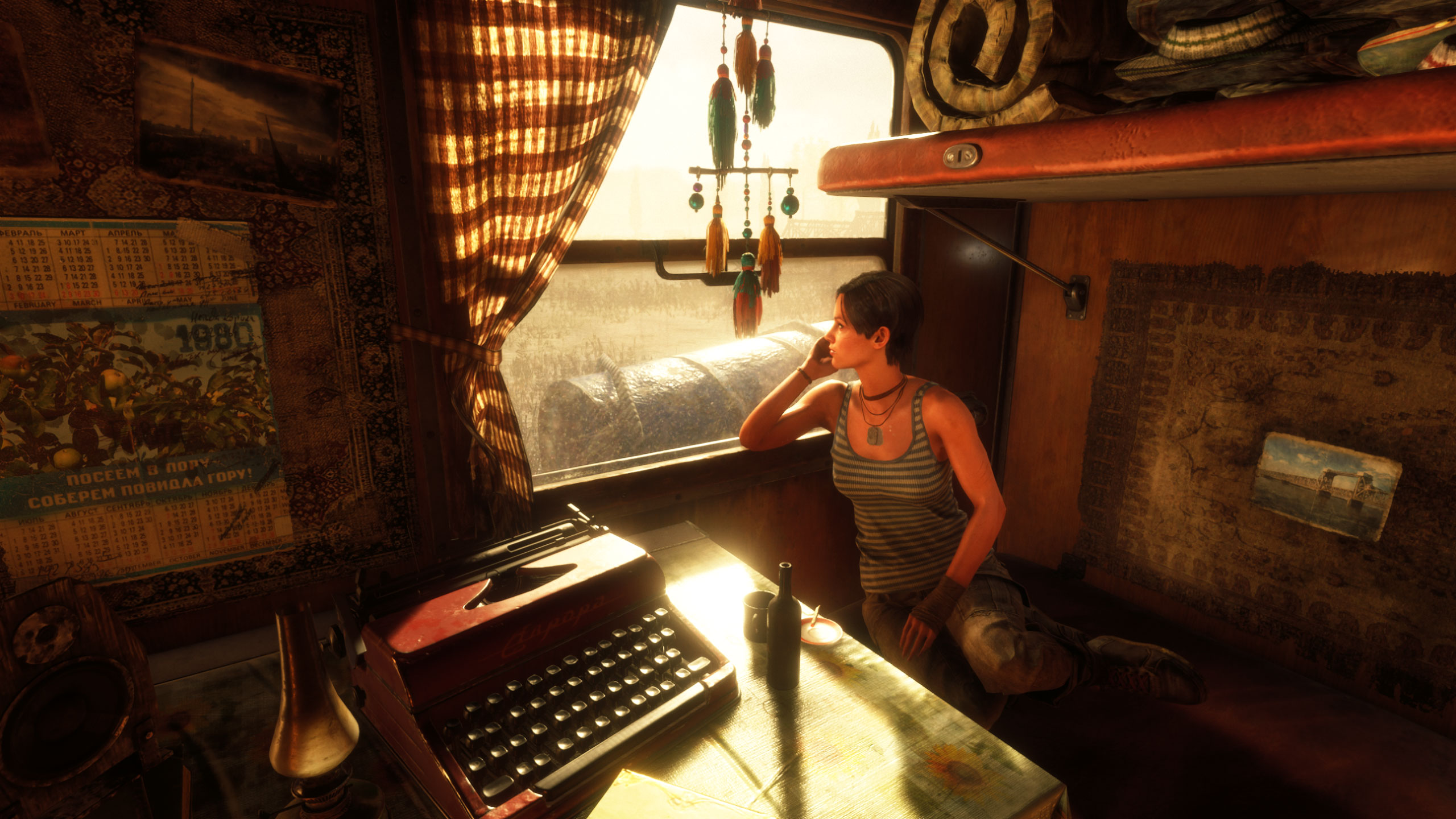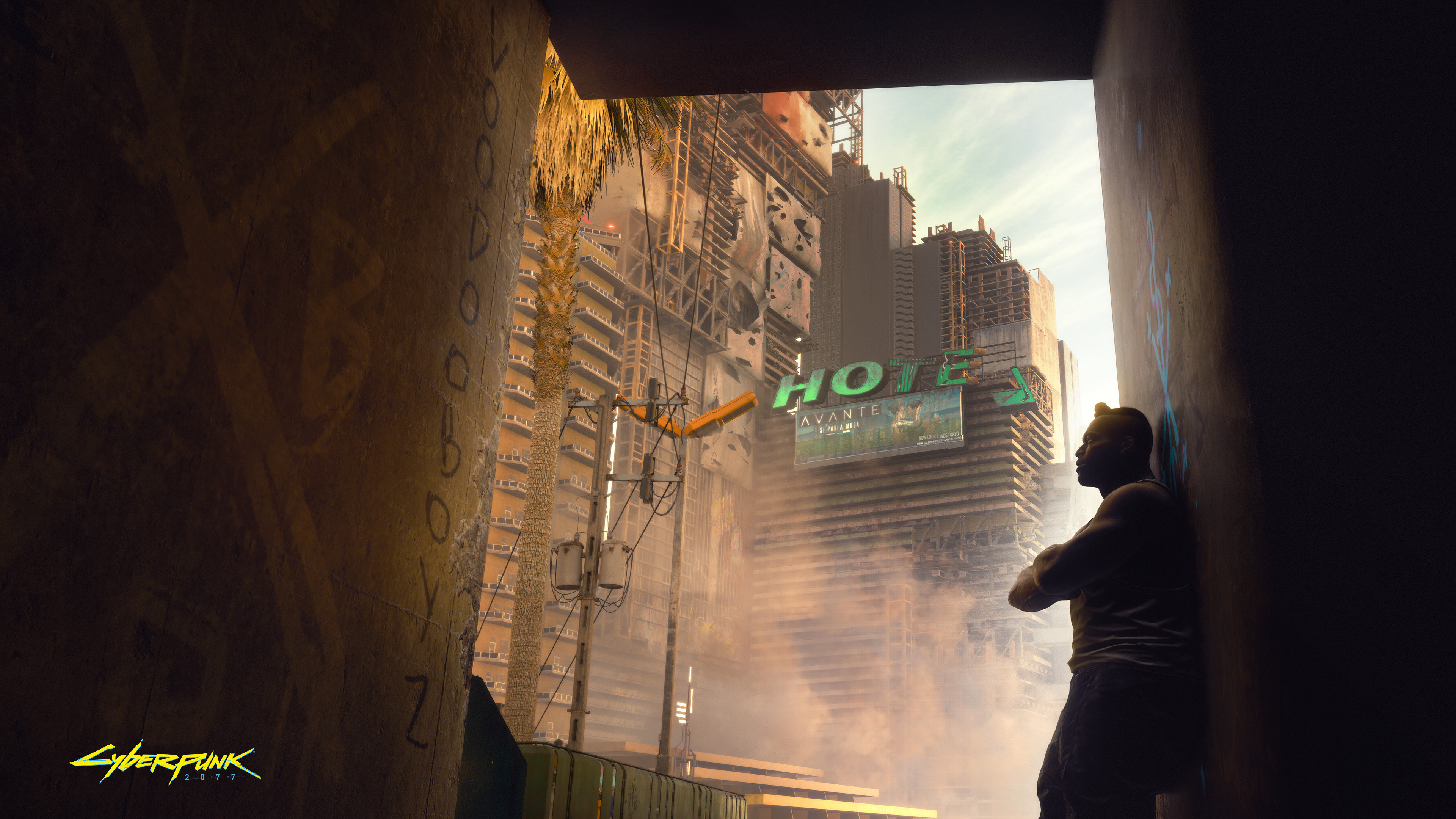What's the next Crysis? The games that give the RTX 2080 Ti nightmares
These are the most demanding games coming to PC to really stress test your hardware.

Crysis is a touchstone of GPU performance for a generation of PC gamers. The game's infamy as an insatiable performance hound has earned it a constant callback in the gaming zeitgeist: "But can it run Crysis?" And its torturous blend of high system requirements and breakthrough rendering features demanded the best graphics cards that ATI and Nvidia could deliver back in 2007.
No tech is too great, or even too small, for PC gaming's benchmark of benchmarks. From supercomputer to tiny microchip, the first question on at least one absolute joker's lips is always "But can it run Crysis?" Classic.
The game would make or break a graphics card for many years following its launch. Yet most of the bleeding edge graphics technologies it ushered into the mainstream have either long been supplanted by newer versions or are commonplace across industry and engine. Today the latest games, and even more bloodied technologies, are taxing our gaming PCs even further.
There are many videogames on the horizon set to shift the definition of what constitutes a high-end PC, but which one's a match for good ol' Crysis in the graphics card torture test?

Microsoft Flight Simulator
Our first (air)port of call is Microsoft Flight Simulator. Realistic simulation games have always had an appetite for graphics cores, and the ideal system specifications put fourth by Microsoft for its latest globe-spanning aviation sim has it only doubling down on this preconception.
- CPU: Ryzen 7 Pro 2700X / Intel i7 9800X
- GPU: Radeon VII / Nvidia RTX 2080
- VRAM: 8GB
- RAM: 32GB
- HDD: 150GB (SSD recommended)
- Bandwidth: 50 Mbps
We're talking eight-core CPUs, the highest calibre of AMD and Nvidia graphics cards, 8GB of VRAM, and 32GB of system memory.
The recommended and minimum system requirements for Microsoft Flight Simulator aren't quite as steep, but the same could be said for Crysis. It was a game famed for how vastly different it looked between low, medium, and high presets, with sweeping alterations to how it looks and feels across granular video sliders.
The biggest gaming news, reviews and hardware deals
Keep up to date with the most important stories and the best deals, as picked by the PC Gamer team.
Microsoft Flight Sim looks to be no different. Volumetric clouds are set to feature heavily in the game, and each one poses a computationally mighty challenge to a GPU attempting to output a frame. For every pixel of on-screen cloud cover, a GPU has to figure out the degree to which light is obscured. Volumetric lighting across amorphous masses of water droplets, some of which will occupy the entirety of the cockpit window, will all be simulated in real-time, and therefore demand the best graphics technology available today.
Pair that with the stunning satellite imagery and gorgeous aeroplane models, and Microsoft Flight Simulator might be one of the most ambitious videogames both visually and technologically in recent history.

Metro Exodus
Metro Exodus was released last year, but it gets a nod here as it offers something few other games dare to: a graphics preset too demanding for today's graphics cards. The Extreme preset is what the developers would want their game to look like in an ideal world, one where graphics silicon is cheap and ubiquitous. Not the darkest timeline we're in right now where a $2,499 Titan RTX can only just about scrape the absolute bare minimum in-game.
The Extreme preset is an ungodly combination of stressors for your graphics card: a 200% shading rate, high quality textures, detailed shadows, Nvidia's proprietary HairWorks and PhysX features, and the option for ray-traced global illumination and emissive textures added in the Two Colonels DLC. You can forget playable framerates of any kind as a result: a Titan RTX manages just 59fps average and 38fps (97th percentile) minimum at 1080p.
Don't believe me? Check it out for yourself in our full Metro Exodus performance review.

Crysis Remastered
The spiritual successor to Crysis may be also a direct one. Developers Crytek won't hold anything back from Crysis Remastered, its titular flagship, and even the source material remains heavy going for some entry-level GPUs. Major overhauls to the popular 2007 classic are on the way, such as ray tracing and high-res textures, so expect to see looming system requirements in the summer.
"Crysis Remastered will focus on the original game’s single-player campaigns and is slated to contain high-quality textures and improved art assets, an HD texture pack, temporal anti-aliasing, SSDO, SVOGI, state-of-the-art depth fields, new light settings, motion blur, and parallax occlusion mapping, particle effects will also be added where applicable," the announcement blogpost reads. "Further additions such as volumetric fog and shafts of light, software-based ray tracing, and screen space reflections provide the game with a major visual upgrade."
However, there is potentially a saving grace for budget rigs. CryEngine, the company's game engine 17 years in the making and the foundation for Crysis Remastered, is a lot more friendly to scaling than it once was. The company has worked tirelessly over the years to scale to all matter of PC, from low-spec machines to high-end rigs, and we may see it even lessen the load on the game still so graphically demanding for its many years.
The Crysis Remastered project is a joint undertaking between Crytek and Saber Interactive and will be available across PC, Xbox One, PlayStation 4, and Nintendo Switch. That last entry doesn't fill me with much confidence that the remaster will live up to the game's graphically challenging rap sheet—the Nvidia Tegra X1 of the portable Nintendo Switch simply couldn't handle it. Though it did manage a native port of Crysis 3 as the hardware of the Nvidia Shield...
Still, the CryEngine hardware-agnostic ray tracing proved a worthy adversary of many entry- to mid-level GPUs during the Neon Noir tech demo, so we suspect there will be some graphical settings in the remaster reserved for high-end GPUs alone. More than likely SVOGI (Voxel-Based Global Illumination) will also prove a mighty task for the faint of core.

Cyberpunk 2077
Do we really need to explain this one? An expansive open-world RPG from the makers of The Witcher 3 with a penchant for neon lights and glossy surfaces and doused in real-time ray tracing—Cyberpunk 2077 was built to tire out modern GPU silicon.
The exact system requirements for Cyberpunk 2077 have yet to be revealed, but we're certain that you'll need a high-end gaming PC to enjoy the game as CD Projekt Red envisage. Now that the game's delayed to September, we might be closer to next-gen GPUs from both Nvidia and AMD to at least help lessen the load.
Honourable mentions:
- Deus Ex: Mankind Divided - It may have launched back in 2016, but Deus Ex continues to break GPUs at 1440p and 4K resolutions to this day. It's a staple for benchmarking the latest kit.
- Minecraft with RTX - While known for its accessibility, the path tracer at the heart of Minecraft's ray tracing update currently in beta is about as technologically advanced as it gets right now. Without the helping hand of DLSS 2.0 upscaling, Minecraft with RTX would be a frightfully demanding experience for even an RTX 2080 Ti.

Jacob earned his first byline writing for his own tech blog. From there, he graduated to professionally breaking things as hardware writer at PCGamesN, and would go on to run the team as hardware editor. He joined PC Gamer's top staff as senior hardware editor before becoming managing editor of the hardware team, and you'll now find him reporting on the latest developments in the technology and gaming industries and testing the newest PC components.

